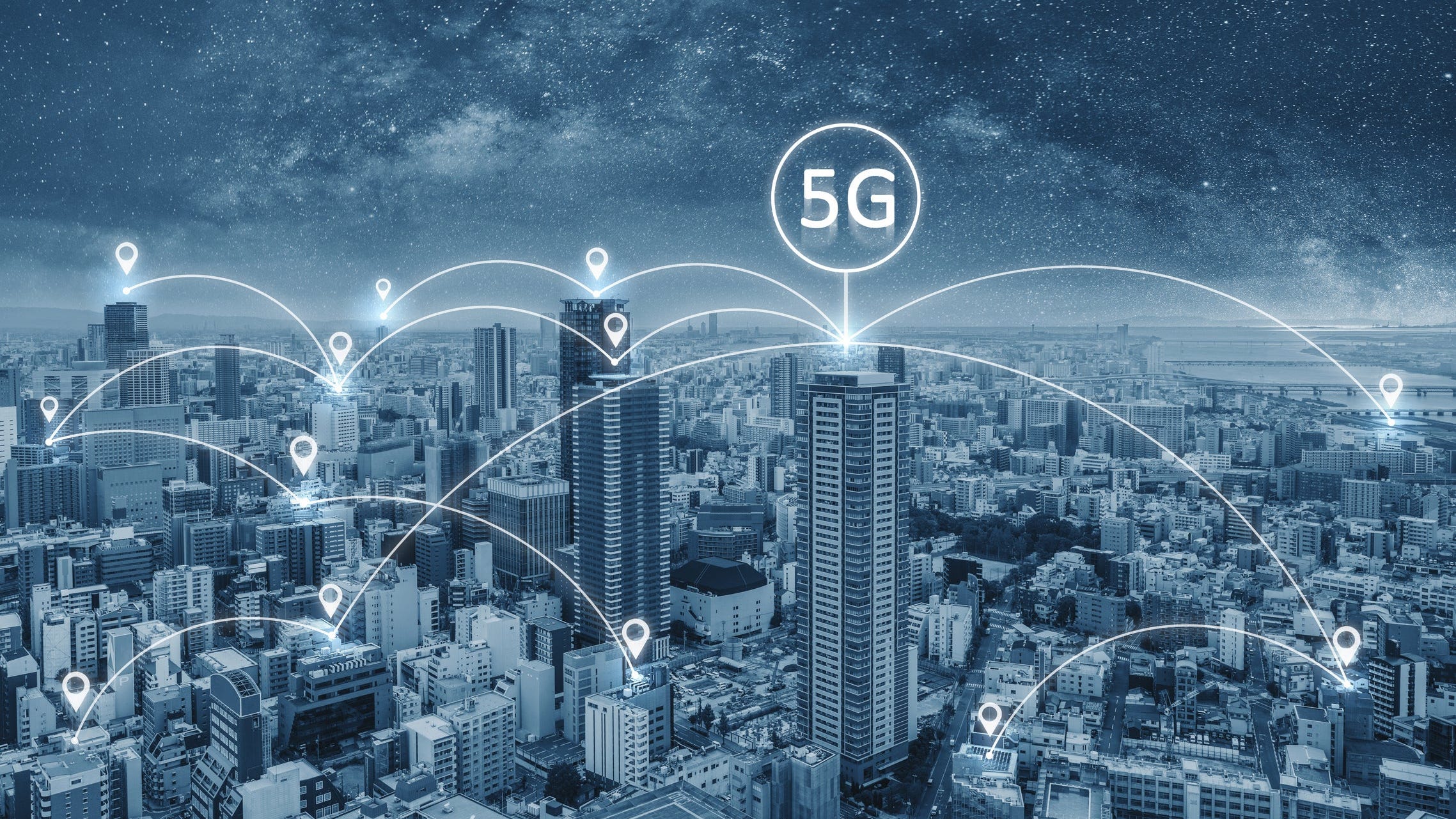What is the safest distance from a 5G cell System?

If you've ever walked through a town you might have noticed tiny 5G cell towers on street light poles. They look like small boxes however, they're actually transmitting wireless signals from cell phone providers to your phone.
They are replacing the larger, purpose-built cell towers. While they're not as noticeable however, they could create problems for those who live nearby.
It is the of the FCC's Radiation Exposure Thresholds
The FCC's Radiation Exposure Thresholds determine the safe limit at which an individual can be exposed to electromagnetic energy generated by wireless devices. The exposure limits are based on research which show that the energy of RF could cause harm to health.
The specific absorption rate (SAR) is a measure of the radiofrequency energy taken up by tissues. It's typically 1.6 milliwatts per kilogram averaged over one kilogram of tissue.
However, because 5g transmits at higher frequencies, it has the potential to create more energy on the skin and other directly-exposed body parts. This could lead to various possible harms, like the formation of skin disorders like dermatitis, cataracts, and skin cancer.
Due to the potential for negative effects of 5G radiation, PSU has chosen to set a general localized maximum power density of four mW/cm2 averaged across 1 centimeter, but not exceeding 30 minutes for the entire 5G spectrum at 3000 GHz. This localized limit is in accordance with the peak SAR that is spatially averaged at 1.6 W/kg, averaged over one 5 grams of body tissue, at 6 GHz.

The FCC's Maximum Exposure Thresholds
If you've ever used a mobile phone, then you're aware that the safest range from the tower is around 400 meters. what is a safe distance from a cell tower is due to the power of transmission from a cell tower increases dramatically the further your location from the tower.
While it sounds like something that's good but the truth is that people living in close proximity to towers may actually be more vulnerable to health issues. For example, a study from 2014 in India discovered that those who lived within 50 meters of cell towers experienced significant more health issues than those living further distance from them.
http://www.med.alexu.edu.eg/ssc/members/zincroot2/activity/1320691/ revealed that those who relocated into areas farther away from cell towers experienced their symptoms improve within a few days. Studies have also demonstrated that exposure to extreme amounts of electromagnetic field radiofrequency (EMFs) could cause cancer, brain tumors and other health issues.
This is due to the fact that radiofrequency radiation, which is used in wireless communication, can penetrate the human body's outer layer, the skin. This is important to understand since the skin serves as a barrier to protect against injury to the body, infection from pathogenic microorganisms, as well as entry of toxic substances. It is also the biggest organ in the human body and is accountable for protecting other organs.
The FCC's Minimum Exposure Thresholds
The FCC's Minimum Exposition Thresholds depend on numerous assumptions that aren't supported by scientific evidence. They include the false belief that short-term exposures to RF radiation are safe due to the limited absorption into body (i.e., tissue heating).
The assumption is also ignoring the more extensive penetration of ELF parts of modulated RF signals and the consequences of brief bursts of heat from pulsed RF waves. These assumptions are not in line with current understanding of the biological consequences of RF radiation, and thus they shouldn't be considered for health protection exposure guidelines.
Furthermore, the ICNIRP and FCC restrict their exposure limits to local peak SARs, based on the maximum speed of spatial absorption (psSAR), which can be described as an inadequate dosimetric tool to assess the amount of radiation exposure. In particular it is inconclusive for frequencies that exceed 6 GHz. Furthermore, psSAR has not been tested for RF radiation that is exposed to other agents of the environment such like sunlight. safe distance from cell tower of RF radiation and other agents in the environment could cause synergistic or antagonistic results. This can lead to an increased risk of adverse health consequences. For example, co-exposure to RF radiation along with exposure to sunlight can raise the chance of skin cancer and exacerbate other skin conditions like acne.
